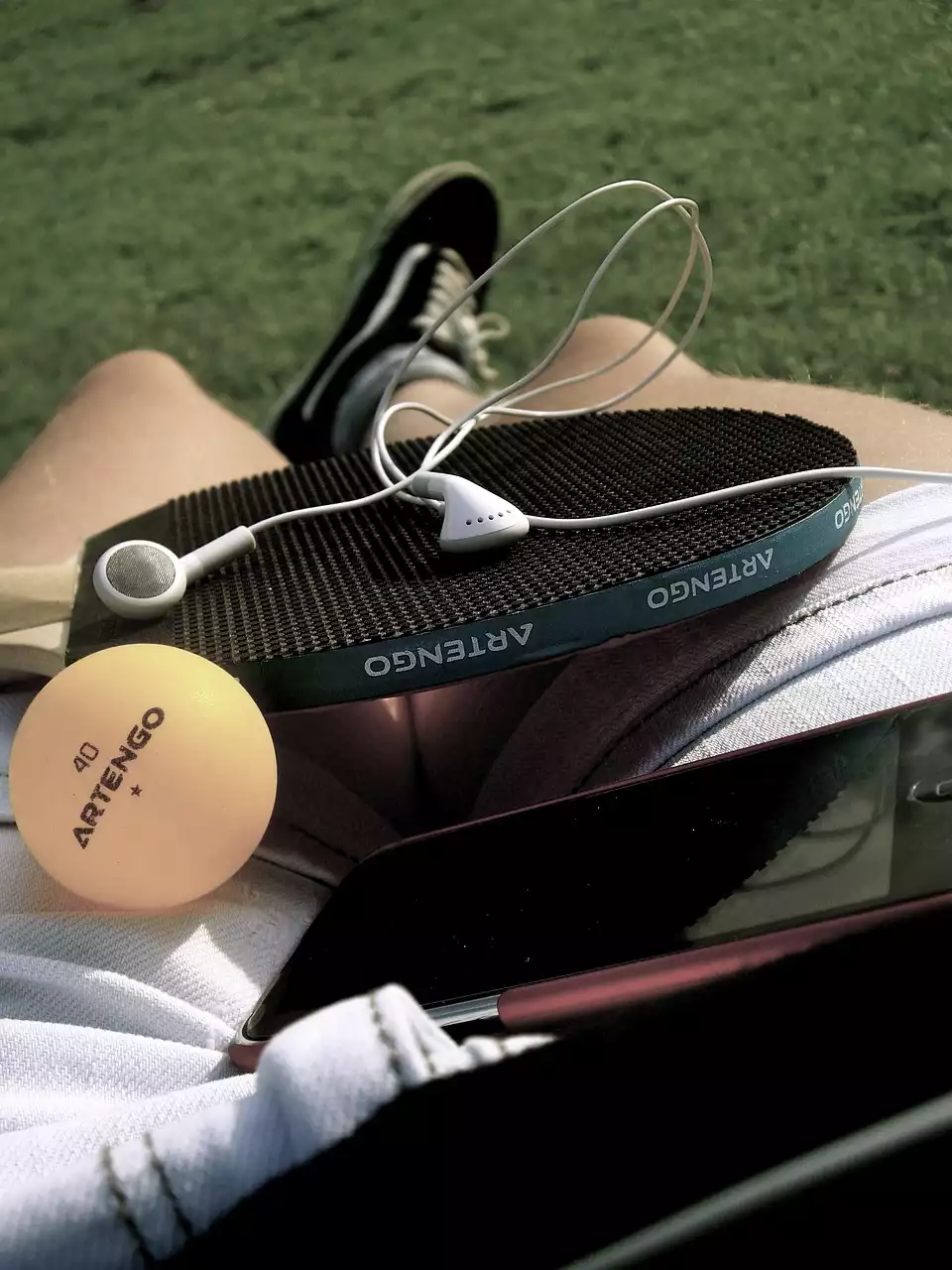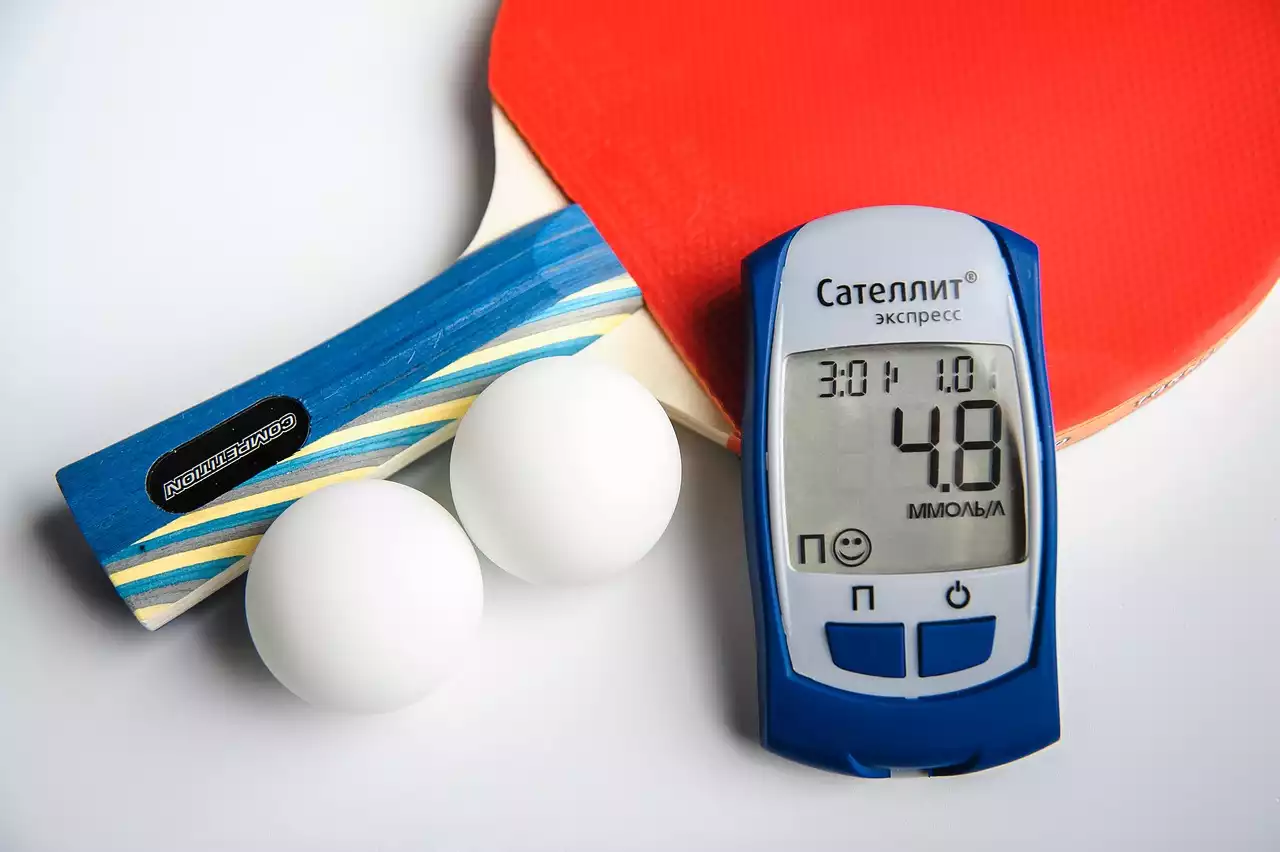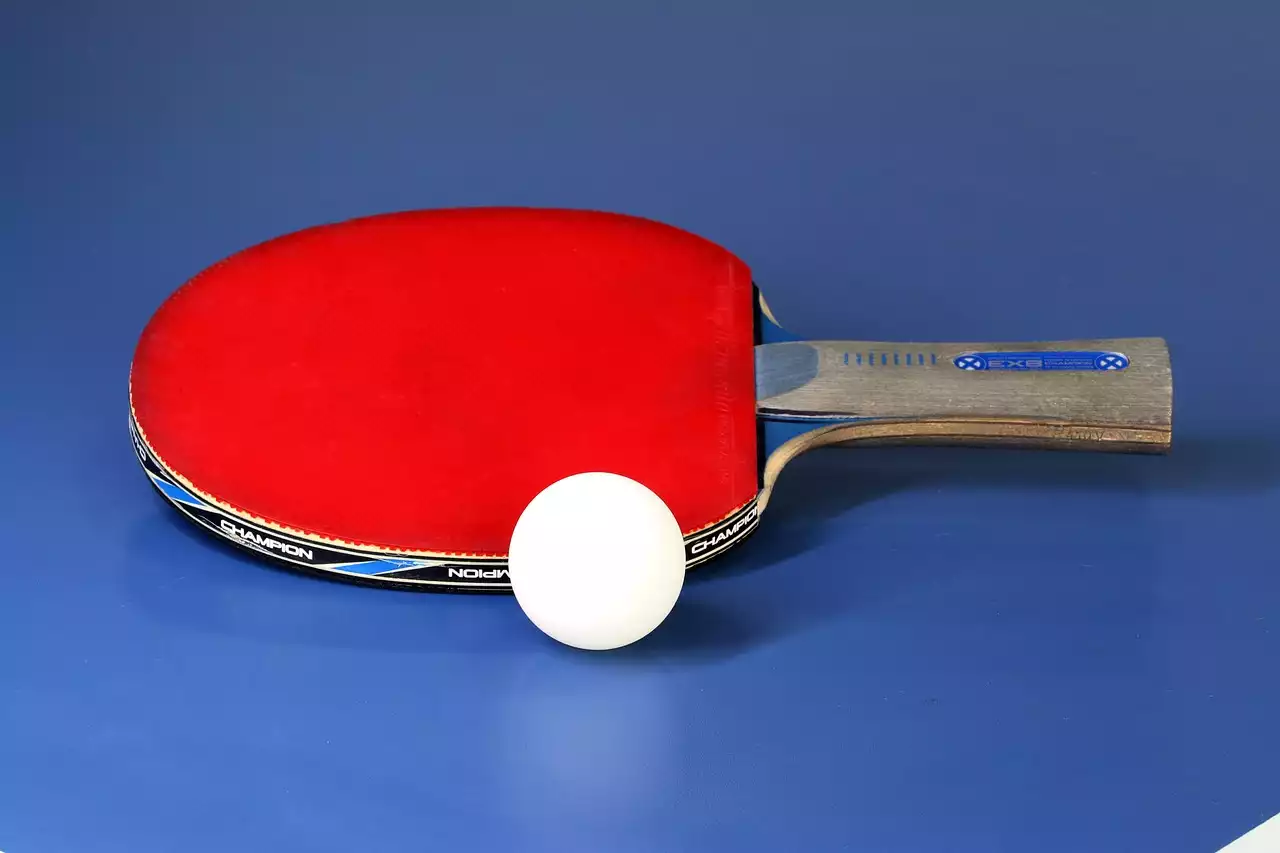Importance of Improving Your Table Tennis Game
Table tennis, also known as ping pong, is a fast-paced and exciting sport that requires a combination of skill, strategy, and agility. Improving your table tennis game not only helps you perform better on the table but also enhances your overall fitness and mental focus. Whether you play table tennis casually with friends or compete in tournaments, investing time in honing your skills will undoubtedly pay off. By improving your table tennis game, you can increase your chances of winning matches, outmaneuver opponents, and enjoy the game to its fullest potential. So, let's jump into the top 10 tips that will help you improve your table tennis game and become a formidable player.
10 Tips To Become A Better Table Tennis Player Quickly
Tip 1: Master the Basic Strokes
Mastering the basic strokes is essential for any table tennis player looking to improve their game. The basic strokes include forehand drive, backhand drive, forehand push, backhand push, and the all-important forehand and backhand topspin. These strokes form the foundation of your game and are crucial for generating power, control, and spin. To master the basic strokes, it is important to focus on proper technique, footwork, and timing. Practice each stroke individually, paying attention to the correct grip, body position, and racket angle. As you become more comfortable with the basic strokes, gradually increase the speed and intensity of your shots. Remember, consistency is key, so practice regularly to develop muscle memory and improve your overall stroke quality.
Tip 2: Develop a Consistent Serve
A consistent and effective serve is a powerful weapon in table tennis. A well-executed serve can put your opponent on the defensive and give you the advantage right from the start of the point. To develop a consistent serve, focus on a few key elements: spin, placement, variation, and deception. Experiment with different types of serves, such as topspin, backspin, sidespin, and no-spin, to keep your opponents guessing. Vary the placement of your serves, targeting different areas of the table to exploit your opponent's weaknesses. By developing a consistent serve, you can control the tempo of the game and set yourself up for success in each point.
Tip 3: Improve Your Footwork
Footwork is often overlooked but plays a crucial role in table tennis. Good footwork allows you to move quickly and efficiently around the table, positioning yourself for optimal shot selection and recovery. To improve your footwork, focus on agility, balance, and coordination. Practice drills that involve quick lateral movements, pivoting, and explosive bursts of speed. Work on your reaction time by incorporating multi-ball training into your practice sessions. By improving your footwork, you'll be able to reach balls that seemed impossible before, maintain your balance during intense rallies, and be in the right position to execute your shots effectively.
Tip 4: Practice Your Ball Control
Ball control is the ability to consistently place the ball where you want it to go with the desired speed and spin. Developing good ball control allows you to keep the ball on the table, control the tempo of the game, and exploit your opponent's weaknesses. To improve your ball control, practice drills that focus on consistency and precision. Start with simple exercises that involve hitting the ball to a specific target on the table. As you progress, increase the difficulty by incorporating more complex drills that require you to adjust your shot selection and adapt to different ball placements. By practicing your ball control regularly, you'll gain confidence in your ability to execute shots with accuracy and control.
Tip 5: Learn Different Playing Styles
Table tennis is a diverse sport that allows players to adopt different playing styles based on their strengths and preferences. Learning different playing styles not only expands your understanding of the game but also equips you with the ability to adapt to various opponents and situations. Some common playing styles include offensive, defensive, all-round, and counter-attacking. Each style has its own set of strengths and weaknesses, so it's important to experiment and find the style that suits you best. By learning different playing styles, you'll be able to anticipate your opponent's strategies, exploit their weaknesses, and adjust your game plan accordingly.
Tip 6: Work on Your Speed and Agility
Speed and agility are crucial attributes for any table tennis player. Being able to move quickly and change directions rapidly can give you a significant advantage over your opponents. To improve your speed and agility, focus on conditioning exercises that target your lower body strength and explosiveness. Incorporate drills that require quick changes in direction, such as ladder drills, shuttle runs, and agility ladder exercises. Additionally, regular cardiovascular exercises like running or cycling can improve your overall endurance and help you maintain a high level of performance throughout a match. By working on your speed and agility, you'll be able to reach balls faster, recover quickly after each shot, and keep up with the pace of the game.
Tip 7: Study and Analyze Professional Players
Studying and analyzing professional table tennis players can provide valuable insights into the game. Watch videos of top-ranked players in action, paying close attention to their techniques, strategies, and shot selection. Observe how they move, position themselves, and react to different situations. Take note of their serves, footwork, and shot placement. By studying professional players, you can gain inspiration, learn new techniques, and develop a deeper understanding of the game. Incorporate elements of their playing style into your own game to add variety and surprise your opponents.
Tip 8: Play Against Stronger Opponents
Playing against stronger opponents is an excellent way to improve your table tennis game. When facing tougher competition, you are forced to elevate your skills and adapt to a higher level of play. Playing against stronger opponents challenges you to think more strategically, react faster, and execute shots with greater precision. It also exposes your weaknesses, allowing you to identify areas for improvement. Don't shy away from seeking out opportunities to play against players who are better than you. Embrace the challenge, learn from your losses, and use them as motivation to push yourself to new heights.
Tip 9: Utilize Mental Strategies
Table tennis is as much a mental game as it is a physical one. Utilizing mental strategies can give you a significant advantage over your opponents. Develop a pre-match routine that helps you focus and get into the right mindset. Visualize successful shots and positive outcomes. Practice deep breathing and relaxation techniques to manage stress and stay calm during intense moments. Stay mentally engaged throughout the match, focusing on the present moment and maintaining a positive attitude. By utilizing mental strategies, you can improve your concentration, decision-making, and overall performance on the table.
Tip 10: Stay Motivated and Dedicated
Improving your table tennis game is a journey that requires dedication, persistence, and a love for the sport. Stay motivated by setting specific goals for yourself, whether it's mastering a new technique, winning a tournament, or improving your ranking. Break down your goals into smaller, manageable steps and track your progress along the way. Surround yourself with a supportive and encouraging table tennis community that can inspire you and hold you accountable. Remember to have fun and enjoy the process of improvement. Celebrate your successes, learn from your failures, and never stop striving to be the best player you can be.








.png?size=50)

